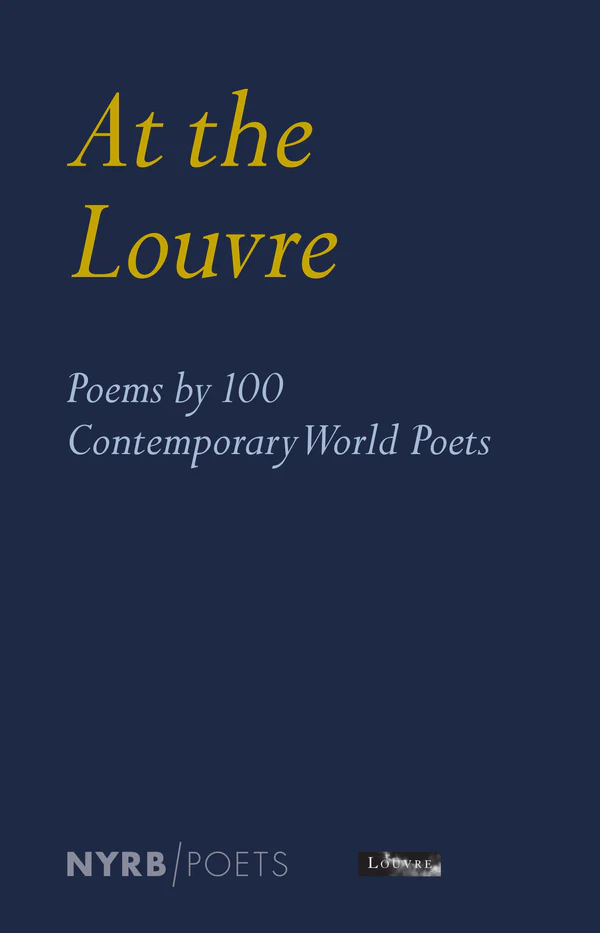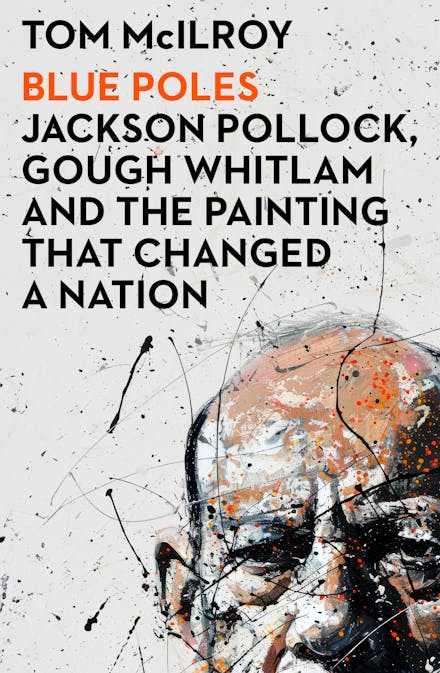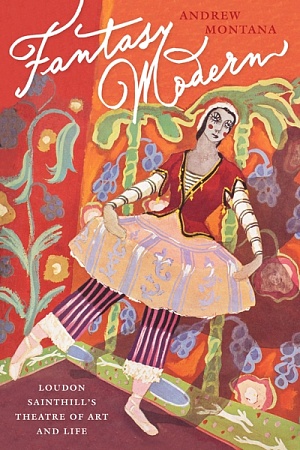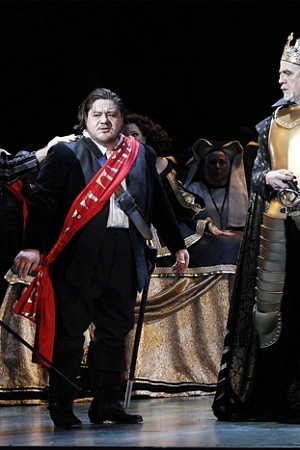Spartacus (The Australian Ballet) ★★★
An impassioned ovation greeted the exceptional, all-giving dancers of The Australian Ballet and musicians of Orchestra Victoria at the packed première of the company’s new production of Spartacus. The familiarity of the story of oppressed slaves and gladiators fighting the Roman Republic for freedom during the Third Servile War (73–71 BCE) – popularised by Howard Fast’s 1951 novel and Stanley Kubrick’s 1960 movie starring Kirk Douglas – guaranteed considerable excitement in the State Theatre. For many, there were vivid reminders of the company’s previous Spartacus, created by Lázló Seregi for the Hungarian State Ballet in 1968. That production came into The Australian Ballet’s repertoire in 1978, and the première starred Garry Norman as the gladiators’ leader, Spartacus, and Marilyn Rowe as his wife, the priestess Flavia.
Choreographed by Lucas Jervies, a former company member, this Spartacus is only the seventh created since Leonid Yakobson’s was made for the Kirov Theatre, St Petersburg, in 1956. The most famous is Yuri Grigoriev’s 1968 version for the Bolshoi Theatre, Moscow. Perhaps, in the affluent 1980s, revolutionary ballets were unfashionable, but, as Jervies reminds us in a program note, the original score was created in the often lethal context of Stalin’s cultural-political purges and draconian Soviet censorship of artistic works. Spartacus suffered greatly, as did Shostakovich and Prokofiev’s earlier ballets, despite Aram Khachaturian’s winning both renewed fame and the 1959 Lenin Prize for Spartacus after being blacklisted for several years.
French-born designer Jérôme Kaplan places the new Spartacus on a grand, Italian fascist stage enclosed by a semi-circular grey wall, with a monumental staircase and a statue of a closed fist and pointing finger as the symbol of Roman power. The wall opens and closes to form a gladiator’s gymnasium, the Coliseum arena, and bare fields. Dropped-in elements form the slave market and the colonnaded salon of the powerful Consul Crassus’s palace. White plinths, dragged on by the captured Spartacus and his fellow blood-drenched rebels, represent the six thousand crucified along the Appian Way by Roman legions. Overall, the design is neutral, reflecting Jervies and Kaplan’s cool, postmodern aesthetic, mixing 1930s and 1960s fashion under Benjamin Cisterne’s still-evolving lighting.
Continue reading for only $10 per month. Subscribe and gain full access to Australian Book Review. Already a subscriber? Sign in. If you need assistance, feel free to contact us.















Comments (2)
You are quite right about the Grigoriev Spartacus. Its place in Russia is rather like that of MacMillan’s Romeo and Juliet in England, or Cranko’s Onegin in Germany. It has a long tradition and loyal following, and international critics recognise its popularity when it tours. Whether it is the best production will always be a matter of taste. Recent performances outside of Russia are hard to find, although current schedules show that Bolshoi Theatre will perform Spartacus this October, and the Bayerische Stattsballett will perform it in May 2019. Replicating the old St Petersburg vs Moscow rivalry of the past, the Mariinsky Theatre is currently playing a revised version of the very first version by Leonid Yakobson in 1956, all through September.
Leave a comment
If you are an ABR subscriber, you will need to sign in to post a comment.
If you have forgotten your sign in details, or if you receive an error message when trying to submit your comment, please email your comment (and the name of the article to which it relates) to ABR Comments. We will review your comment and, subject to approval, we will post it under your name.
Please note that all comments must be approved by ABR and comply with our Terms & Conditions.